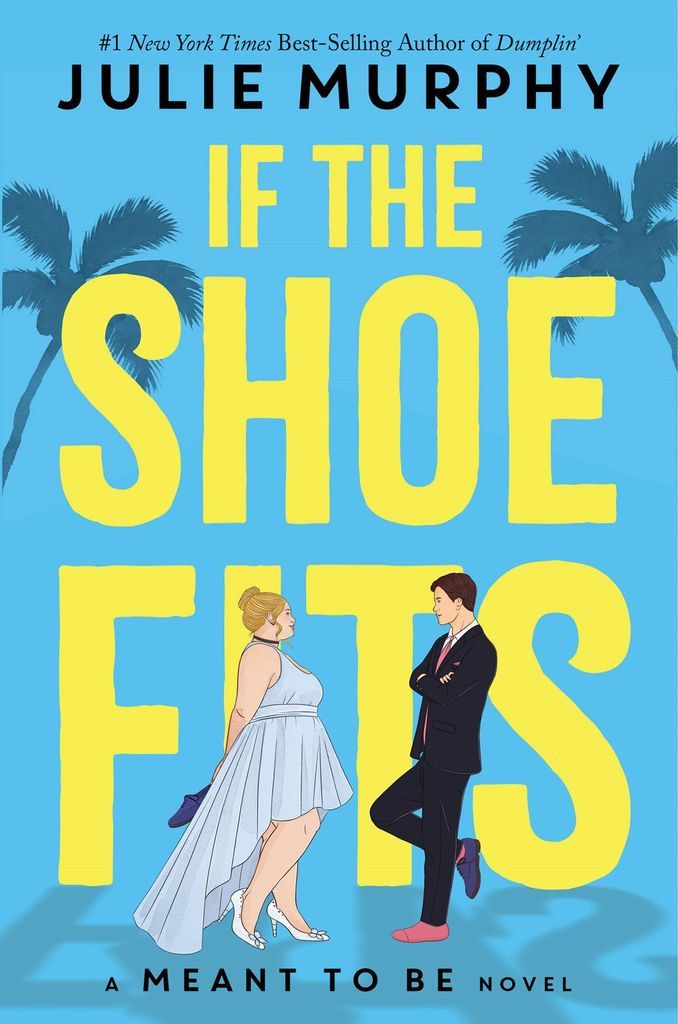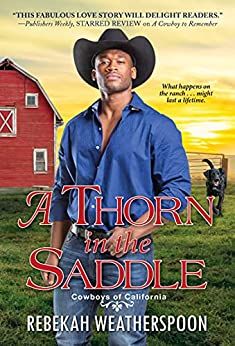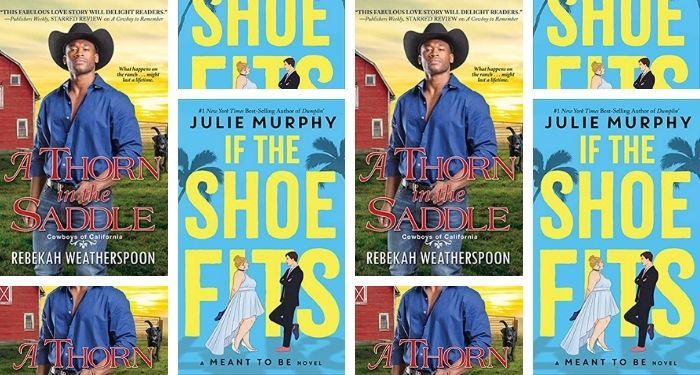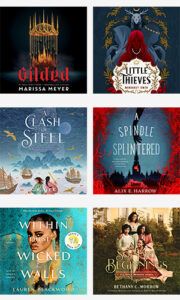Romance will never be able to separate itself from fairytales. After all, the foundational rule in romance is the “happily ever after,” frequently shortened to HEA. In the English language tradition, that phrase is the bookend to the fairytale beginning, “once upon a time.” This rule implies, in a way, that every romance is telling a fairytale. I think of that implication fondly, that romance dovetails with storytelling traditions that stand the test of time. Those who describe tales of people overcoming obstacles to win love as fairy tales in the pejorative sense, meaning unrealistic flights of fancy, could perhaps use a good soul searching. I do recommend, by the way, reading a little about traditional beginnings and endings of fairytales, because they are far more varied and fascinating than this one oft-used pair of phrases.
When it comes to folkloric allusions in romance, there are two big stars dominating the fairytale night sky: Cinderella and Beauty and the Beast. I am always thankful to see new folk tales being incorporated into new fiction and romance especially, but I don’t think we’ll ever exhaust the possibilities of these two. This year I read an especially delightful Cinderella adaptation, Julie Murphy’s If the Shoe Fits. And Rebekah Weatherspoon’s A Thorn in the Saddle beautifully capped off her fairytale cowboy romance trilogy with a tribute to Beauty and the Beast. Both of these books exemplified why there are infinite ways to approach fairytale retellings.
I’ve theorized two elements in Cinderella that I believe are core to the ur-story that romance writers tap into. I’ll call them the Spark and the Recognition. In Beauty and the Beast, I’ll call the key element Overcoming the Curse. Let’s look at these elements in more detail and how they manifested in books I read this year.
What is the Spark?
I didn’t want to call it a meet cute, because we know there are plenty of romances with meet disasters. But even those have a Spark. It’s that sense of strong feelings elicited by an encounter. Those feelings could be infatuation, lust, or even hate, but it’s the spark that matters. In the animated Cinderella, when Cinderella and her prince dance at the ball, a bell rings that cannot be unrung. Neither character will be satisfied until they know for sure what the other will mean in their life.

In If the Shoe Fits, Cinderella is adapted to a contemporary dating show. Plus size contestant Cindy is vying for the affections of a man named Henry, along with a raft of other women. After all, what is The Bachelor if not a Cinderella story, and what is Cinderella if not an old timey episode of The Bachelor?
If the Shoe Fits has the unique distinction of being an adult romance written with Disney’s intellectual property. And it takes a lot of liberties in the best way, from how the stepmother and stepsisters fit into Cindy’s life to the significance of shoes in the story. In If the Shoe Fits, the Spark comes when Cindy happens to sit next to Henry on a plane before they ever connect on the dating show. Their meeting, this delicious and flirtatious striking of a match, is the kind of scene that keeps me coming back to romance.
What is the Recognition?
The Recognition is not the most satisfying feature in the traditional Cinderella story, as the slipper does all of the work in identifying Cinderella as the prince’s love. The prince himself is just along for the ride, the least astute guy in all the land. (Though I do love the body horror aspect of the Grimm brothers’ version of the story!) Contemporary romances make the Recognition have much more emotional weight; it’s the hinge that opens the door to the happily ever after.
Many romances involve a moment when the characters realize that their love interests truly see them for who they are. Despite the wrongdoings, misunderstandings, or obstacles, there’s a core quality a character’s love interest sees and won’t give up on. It’s often something no one else has ever seen, including the character themself. But It’s the bookend to the Spark, in fact, showing it wasn’t an illusion.
Some of my favorite moments of Recognition feature side characters as catalysts. They’re the human equivalent of the glass slipper, for when the characters aren’t the most attuned to their own hearts. Side characters say something boiling down to, “Stop torturing yourself and let that person love you,” or “All of this means you’re in love, you ding dong.” And it gets me every time. I won’t spoil the Recongition in If the Shoe Fits, because you deserve the pleasure of letting it unfold for yourself.
What is Overcoming the Curse?
Cinderella stories often involve outside forces, the bad actors impeding the happily ever after. Evil family if we’re going old school. That kind of conflict certainly has its place. But the most heart-wrenching romances often depict internal conflict preventing that HEA from immediately following the Spark. Naturally, some rollercoaster romances can pack it all in.

The French version of Beauty and the Beast by Gabrielle-Suzanne Barbot de Villeneuve features prominent external conflict. Namely the enchantress who cursed the Beast with his hideous visage. Rebekah Weatherspoon takes very clever liberties with A Thorn in the Saddle, in which former tech consultant Lily-Grace agrees to help aspiring politician Jesse with his people skills. First, she actively expands beauty standards in her deft portrayal of Lily-Grace. She’s a woman with vitiligo, whose condition is not a big deal in the story but is nonetheless part of who she is. Secondly, her beast, Jesse, is cursed by nature with a hot temper rather than fur and horns.
In the traditional Beauty and the Beast story, the Beast’s curse is lifted because he’s found true love despite his looks. That’s fine, but I prefer following Jesse overcoming his beastliness through honest self-reflection and therapy. Lily-Grace is an amazing foil to Jesse. She knows she could only be with a man who’s done the work and she’s not shy about saying it.
Bad tempers aren’t the only kinds of curses in romance that need to be broken to achieve an HEA. Some characters must break out of old patterns that have stopped serving them well. Others have to thaw frozen hearts or heal old wounds. Crucially, these curses are not core to their characters. In fact, they’re preventing their true characters from shining.
The Rest is Icing on the Cake
How will a Cinderella story interpret the pumpkin coach? What about the rose in Beauty and the Beast? Do these features even need to be there? I say the author can have fun with all these details, finding novel ways to wink at them. Or they can throw them out altogether. We’ve previously listed 100 versions of Beauty and the Beast, and the best of the best for Cinderella. Each of those is a unique twist of the kaleidoscope. As long as the core story is there, readers will follow along for the Spark and the Recognition, or Overcoming the Curse. For lovers of fairytale romance, the repetition of these familiar stories casts its own magic.

